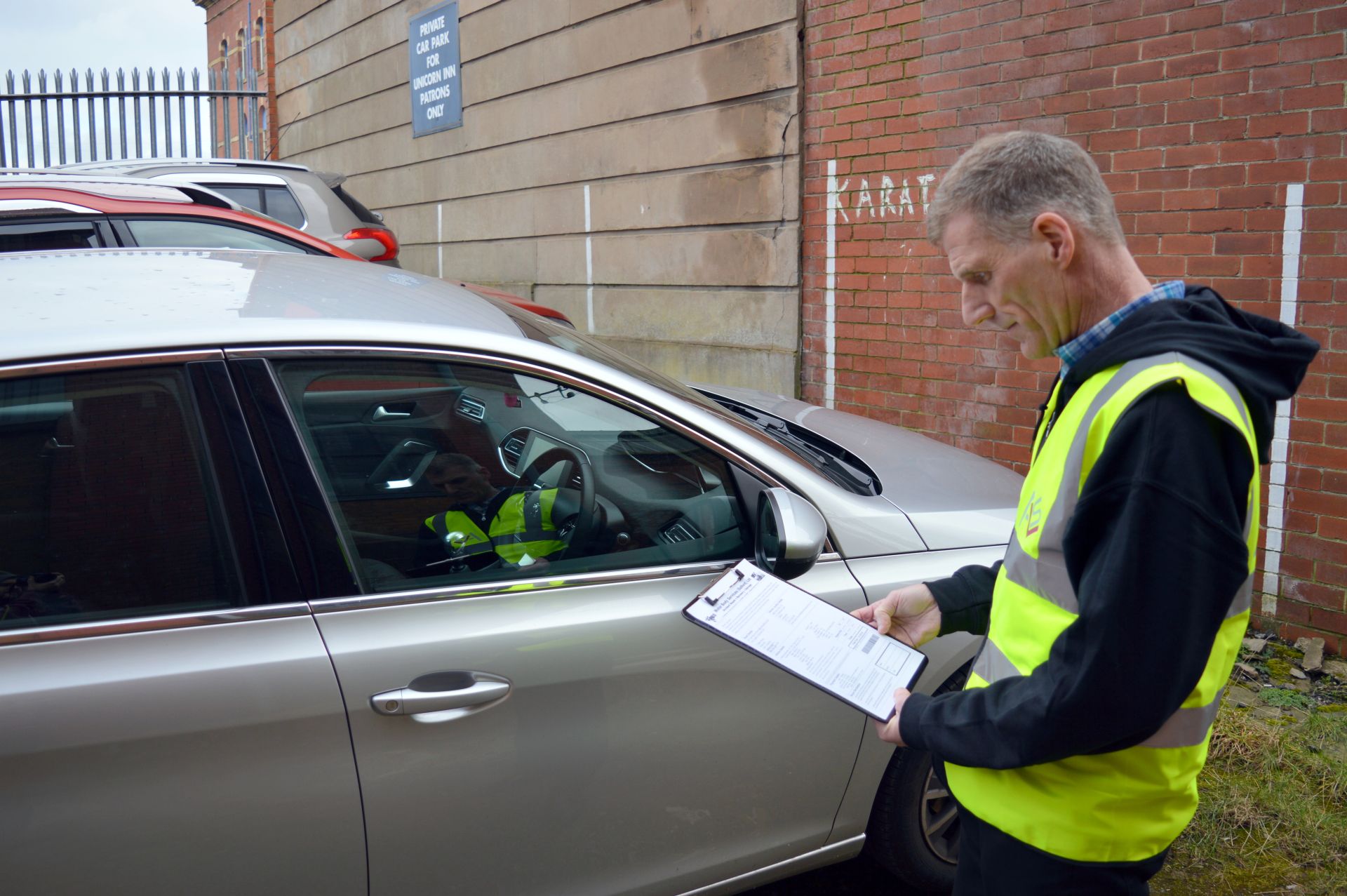
Insurance plays an invaluable role in mitigating financial loss after a car accident. When you’re seeking compensation for a damaged vehicle, one critical component that insurers scrutinise is the “pre-accident value” (PAV). But what exactly is it, and why is it so pivotal in insurance claims?
Understanding Pre-Accident Value
In simple terms, the pre-accident value of a vehicle is its worth just before the accident occurred. It’s a snapshot of the car’s market value without the influence of damage, wear, or deterioration caused by the accident. This figure is essential because it serves as a benchmark against which compensation amounts are determined.
Factors Determining PAV
Several factors come into play when establishing a vehicle’s pre-accident value:
Age of the Vehicle: Newer cars generally have a higher PAV than older ones due to reduced wear and tear and more up-to-date features.
Overall Condition: This takes into account aspects like mileage, service history, and previous damages or repairs.
Market Demand: Some vehicle models might have a higher market demand, increasing their value.
Unique Features or Modifications: Special modifications or features can either increase or decrease the value, depending on their nature and market demand.
PAV’s Role in Insurance Claims
Understanding the pre-accident value is paramount for both insurers and claimants for several reasons:
- Claim Settlement: Insurers use the PAV to decide whether to write off a vehicle or compensate for repairs. If repair costs approach or exceed the PAV, the vehicle is typically considered a total loss.
- Transparency and Fairness: Determining the PAV ensures that claimants receive a fair compensation amount. It offers a transparent method to calculate payouts without ambiguity or subjectivity.
- Future Insurance Premiums: If a claim is made, the PAV can influence subsequent insurance premiums, as it helps assess the risk associated with insuring the vehicle.
Negotiation Tip
Remember: you don’t have to necessarily accept your insurer’s first offered figure. One thing you can do is look online on Autotrader, E-Bay Marketplace and other similar websites to see what the current selling price is for a car or van comparable to the age, mileage and specification of yours at the time of the accident.
From here, you could come up with an average value, and then ask the insurer to justify how they can to the figure they did, mentioning the research you have done and the prices you found online. Have a minimum settlement figure in mind before you call them, and be factual when discussing this with them. Asking them for a copy of the engineer’s report early on and reading this might also give you more leverage, as you can then ask how they value your vehicle.
We had someone who added a few thousand pounds to their payout simply by discussing the report with the engineer.
In the intricate world of vehicle insurance, the pre-accident value stands as a cornerstone for claim evaluations. It provides clarity, fairness, and consistency in an otherwise complex process. Vehicle owners are encouraged to have a rough idea of their car’s pre-accident value, as it not only serves as a guide to potential claims but also gives them more negotiation power when it comes to finalising the claim.
If you need help after an accident, using an accident management company can offer a single point of contact during the claim, reduce the stress and hassle of getting a courtesy car while yours is repaired after a non-fault accident where you were not to blame.